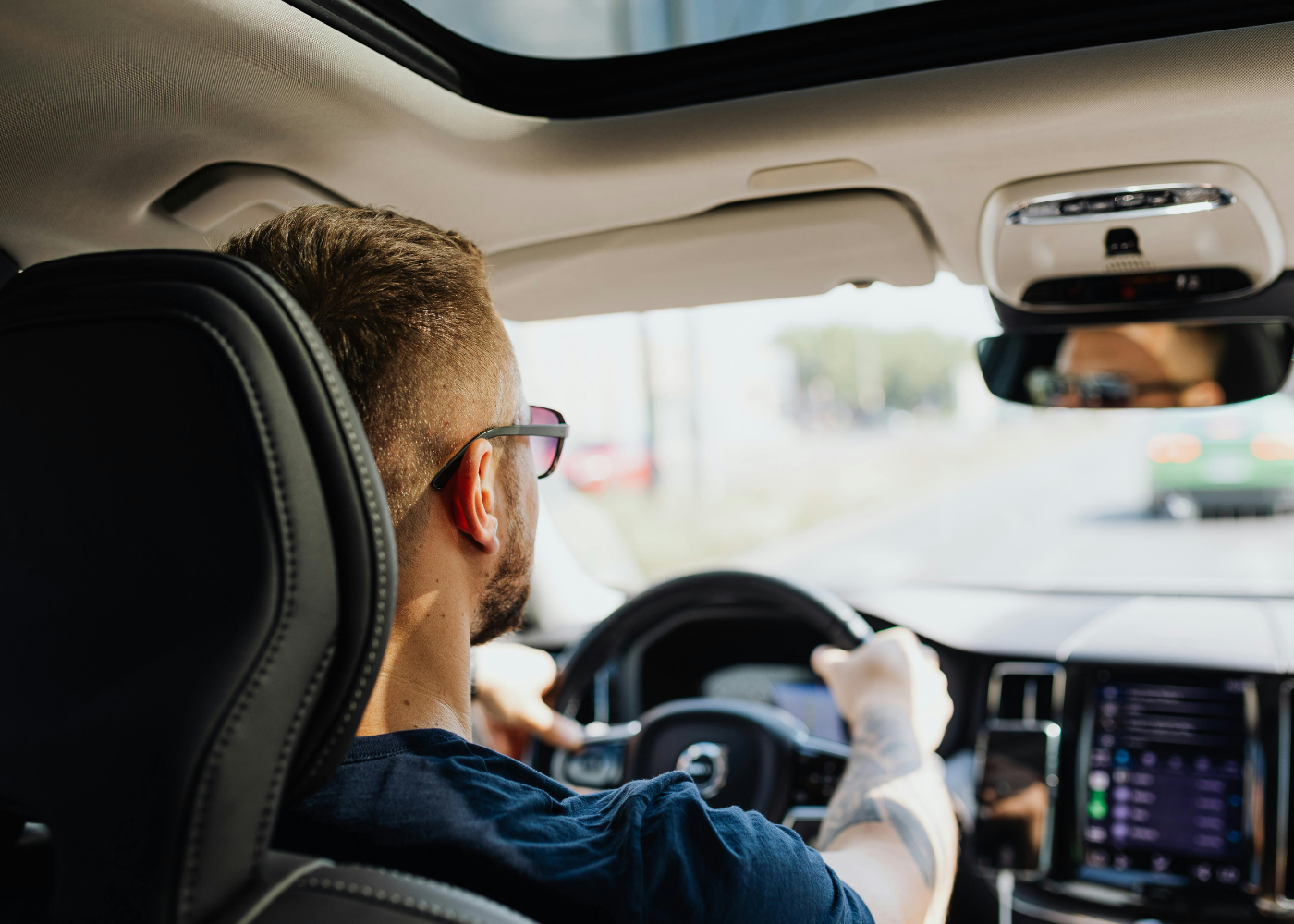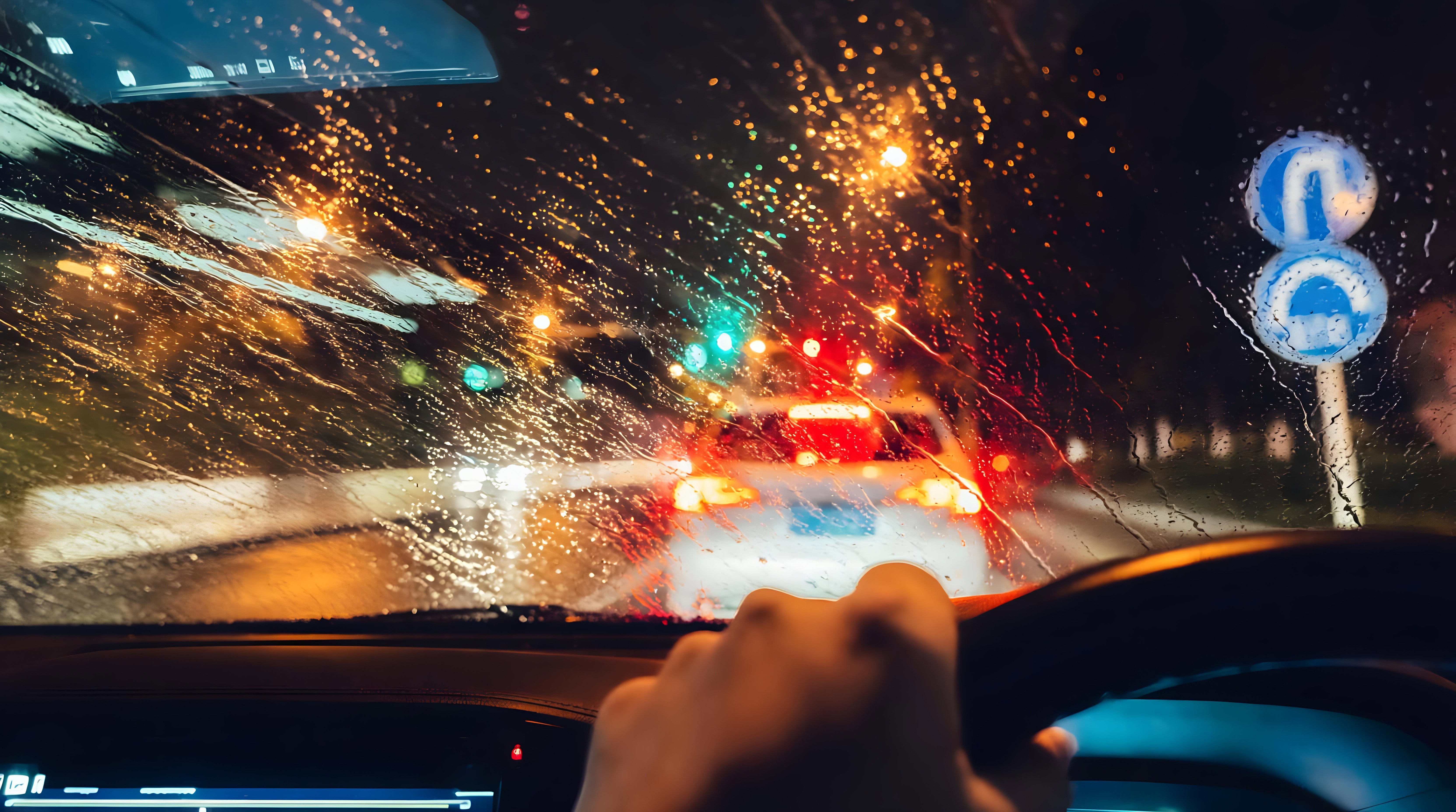How many people are hurt or killed on UK roads?
Behind every road traffic collision is a family whose life may never be the same again. When someone is seriously injured or killed, the impact goes far beyond the crash site. Loved ones may be left grieving, caring for someone with long-term injuries, or facing lasting emotional and financial strain.
According to official figures by the Department for Transport, 31,170 people across Great Britain in 2024 were either killed or seriously injured, often suffering life-changing harm such as broken bones, spinal damage, or brain injuries.
When we include less serious injuries too, the total number of people hurt in road collisions last year was 128,375. That means thousands of people are affected every week by crashes on our roads. And because not every incident is reported to the police, the real number of people injured is likely to be even higher.

What makes a vehicle safe?
A safe vehicle keeps everyone, both passengers and people nearby, protected. Its design aims to prevent crashes and lessen injuries if one happens. Good engineering, smart technology, and regular maintenance all help make travel safer for everyone.
Modern vehicles are now far more advanced than those of even a decade ago. Safety is no longer limited to seatbelts and airbags. Cars, motorcycles, and bicycles increasingly feature intelligent systems that can sense danger, react faster than a human driver, and even take control to avoid a crash. The result is that modern vehicles are better equipped to prevent loss of life, reduce injury, and support more sustainable road safety in line with the Safe System approach promoted by the UK Government and the World Health Organization.
What is the Safe System approach?
The Safe System approach understands that everyone makes mistakes, and believes that no one should die or be badly hurt because of a simple error. Rather than focusing only on how people act, it looks at how all parts of the road system, such as vehicles, roads, speed, road users, and emergency response, can work together to keep people safer.
The five core principles of the Safe System are:
- People make mistakes, so systems must be designed to reduce the chance of crashes, and to limit the harm when one occurs.
- The human body is vulnerable and can only tolerate a limited amount of force. Roads and vehicles must be designed to keep impact forces within survivable limits.
- Responsibility is shared between those who design and maintain the transport system (such as road authorities and manufacturers) and those who use it.
- All parts of the system must work together, so if one part fails, the others still protect people.
- There is a shared goal to eliminate fatal and serious injuries over time, not simply reduce them.
In practice, this means making roads safer by changing how junctions are built, setting lower speed limits in busy areas, improving lighting and visibility, keeping vehicles in good condition with up-to-date safety features, and making sure emergency services can respond quickly when accidents happen.
Safe vehicles are a main part of this system. They are built to protect not only the people inside, but also to lower the risk of injury for others on the road, especially those who are most at risk, such as pedestrians, cyclists, and motorcyclists.
Vehicle safety features that help prevent, reduce or respond to crashes
Most serious collisions are caused by human error, such as distraction, inattention, or poor judgement. Vehicle technology is therefore focused on reducing the likelihood of those mistakes turning into tragedies. These systems do not replace careful driving, but they act as a crucial safety net when something goes wrong.
Some of the most effective and widely available safety systems include:
Automatic emergency braking (AEB)
AEB systems are designed to detect potential collisions and apply the brakes automatically if the driver does not respond in time. These systems use sensors, radar or cameras to monitor the road ahead and can react faster than a human. This is especially helpful in built-up areas where a pedestrian, cyclist or vehicle may suddenly appear.
In the UK, AEB has been shown to significantly reduce the number and severity of rear-end crashes. According to Thatcham Research, vehicles fitted with AEB are involved in 38% fewer rear-end crashes.
Whilst AEB is not currently a legal requirement for all new vehicles sold in the UK, it is widely included as standard in many modern cars due to Euro NCAP testing standards and global manufacturing practices. The EU's General Safety Regulation, which mandates AEB and other safety features, came into effect in 2022, but the UK Government has yet to confirm whether it will formally adopt these rules post-Brexit. As of 2025, a decision on whether to align with the EU’s GSR is still under review.
Lane departure warning and lane keep assist
Lane departure warning systems alert the driver if the vehicle begins to drift out of its lane without the indicator being used. Lane keep assist goes one step further by gently steering the vehicle back into its lane if the driver does not take action. These systems are particularly useful for long-distance travel and for preventing crashes caused by drowsiness or distraction. Research shared by the European Transport Safety Council suggests lane-keeping systems can reduce single-vehicle road departures, one of the leading causes of death on rural roads, by up to 30%.

Blind spot monitoring
Blind spot monitoring uses sensors to detect vehicles in areas the driver cannot easily see using mirrors alone. These hidden zones are a key factor in lane change collisions, which account for around 10% of all road crashes each year. In the UK, this technology is increasingly fitted to new vehicles, especially larger cars and commercial vans, where blind spots are more pronounced.
By providing a visual or audible warning before a driver moves into an occupied lane, these systems help prevent collisions that often happen at speed and cause serious injuries. As lane changes are one of the most common, and deceptively dangerous, driving manoeuvres, blind spot monitoring is becoming a vital safety feature for everyday road use.
Speed limit recognition
Speed limit recognition systems detect road signs and alert the driver if they are travelling over the limit. Some systems also link to cruise control, helping keep the vehicle within the speed limit automatically. The European Commission estimates that Intelligent Speed Assistance (ISA), a related system, could reduce collisions by 30% and prevent 25,000 deaths across Europe over the next 15 years.
Driver drowsiness and distraction detection
Many modern vehicles are equipped with systems that monitor the driver’s behaviour and steering patterns. If signs of tiredness or inattention are detected, the system gives a visual or audible warning and may suggest taking a break. This is especially important for preventing crashes during long motorway journeys or late at night when fatigue is a common factor. The Department for Transport reports that fatigue contributes to around 4% of fatal road traffic collisions in Great Britain every year, and the real figure may be higher due to underreporting.

Crash protection features
Whilst crash prevention is the priority, safe vehicles must also offer strong protection if a collision does occur. Standard features such as seatbelts, airbags and energy-absorbing crumple zones are designed to minimise injuries by managing the forces of impact. Modern vehicles are crash-tested under strict safety protocols. The independent Euro NCAP programme gives cars star ratings based on their performance in adult, child and pedestrian protection, as well as their safety assist technologies.
Post-crash safety and connectivity
Some vehicles now include emergency call systems that automatically alert emergency services if the car is involved in a serious crash. This can speed up response times and help save lives, especially in remote areas.
Event data recorders, also known as ‘black boxes’, are being fitted increasingly in new vehicles and can help explain what happened in the moments before a collision. This is useful not just for crash investigations, but also for legal claims and road safety research.
Regular maintenance and roadworthiness
No amount of built in technology can keep a vehicle safe if it is not properly maintained. Regular servicing, tyre checks, brake inspections, and MOT tests are all essential. Simple issues such as worn tyres or faulty lights can dramatically increase the risk of a collision, especially in wet or dark conditions.
Drivers are encouraged to carry out basic safety checks before long journeys, including inspecting tyre pressure, tread depth, oil levels, lights, and windscreen visibility. A well maintained vehicle is not only safer but also performs better and is less likely to fail in an emergency.
Safer vehicles are only part of the solution
Modern vehicle technology can prevent collisions, reduce injuries and save lives, but it cannot do the job alone. The reality is that thousands of people are still being killed or seriously hurt on UK roads each year, and many of those crashes could have been avoided.
Every autumn, the simple act of changing the clocks leads to hundreds more injury collisions, with nearly 280 extra people hurt in just two weeks after the October clock change. Young drivers are 50% more likely to crash during busy weekday hours, and some of the most extreme speeding offences are being recorded in 30mph zones where children, pedestrians and cyclists are most at risk.
These figures show us that no amount of technology can fully protect people if other risks, such as speeding, poor road design, and lack of safe infrastructure, are not addressed too. That is why Brake and other road safety organisations continue to call for a multi-layered approach that combines safe vehicles with safe roads, safe speeds, safer behaviours, and fast, effective emergency response.
Education also matters. Drivers need to understand how their vehicle’s safety systems work, and how to use them properly. Features such as automatic emergency braking or lane keep assist are there to support the driver, not to replace them. Good judgement and concentration are still essential.

What can you do this Road Safety Week?
If you drive, every decision you make behind the wheel has the potential to protect a life. Most serious crashes are caused by simple human error, a moment’s distraction, a little too much speed, or a missed hazard.
This Road Safety Week, take action by:
- Taking extra care when driving in poor weather or after dark
- Checking your vehicle is roadworthy and up to date with MOT and servicing
- Avoiding speeding, distractions or risk-taking
- Giving vulnerable road users, such as pedestrians and cyclists, extra space and attention
- Talking to your younger family members about road safety and the role of safer vehicles
If things go wrong and you are involved in a collision
Even with the safest vehicles and the best intentions, things can still go wrong. A road traffic collision can turn your life upside down in a matter of seconds, leaving you with serious injuries, emotional distress, financial worries or the devastating loss of someone close to you.
If you or a loved one has been involved in a crash caused by someone else’s actions, whether as a driver, passenger, cyclist, motorcyclist, pedestrian or e-scooter rider, it is important to know that help is available. Many people feel overwhelmed in the days and weeks after a collision, unsure of where to turn and what their rights are, or whether they are entitled to make a claim.
Our specialist Road Traffic Accident Solicitors are here to assess your individual situation, let you know whether you might have a claim, and if you do, guide you through the legal process and make sure you get the answers, compensation and rehabilitation support you need. We understand that every case is different, and we take the time to listen, explain things clearly, and focus on what matters most to you.
We can often secure early interim payments to cover urgent costs such as medical treatment, care support or home adaptations. Our team works closely with rehabilitation providers and medical experts to help you access the right services as soon as possible.
If you’ve been affected by a road collision that wasn’t your fault, or was only partly your fault, call us today on 0808 239 5461, or request a callback and we’ll talk with you about how we may be able to support you. The sooner you get in touch, the sooner we can begin protecting your rights and putting the right support in place for your recovery and your future.













